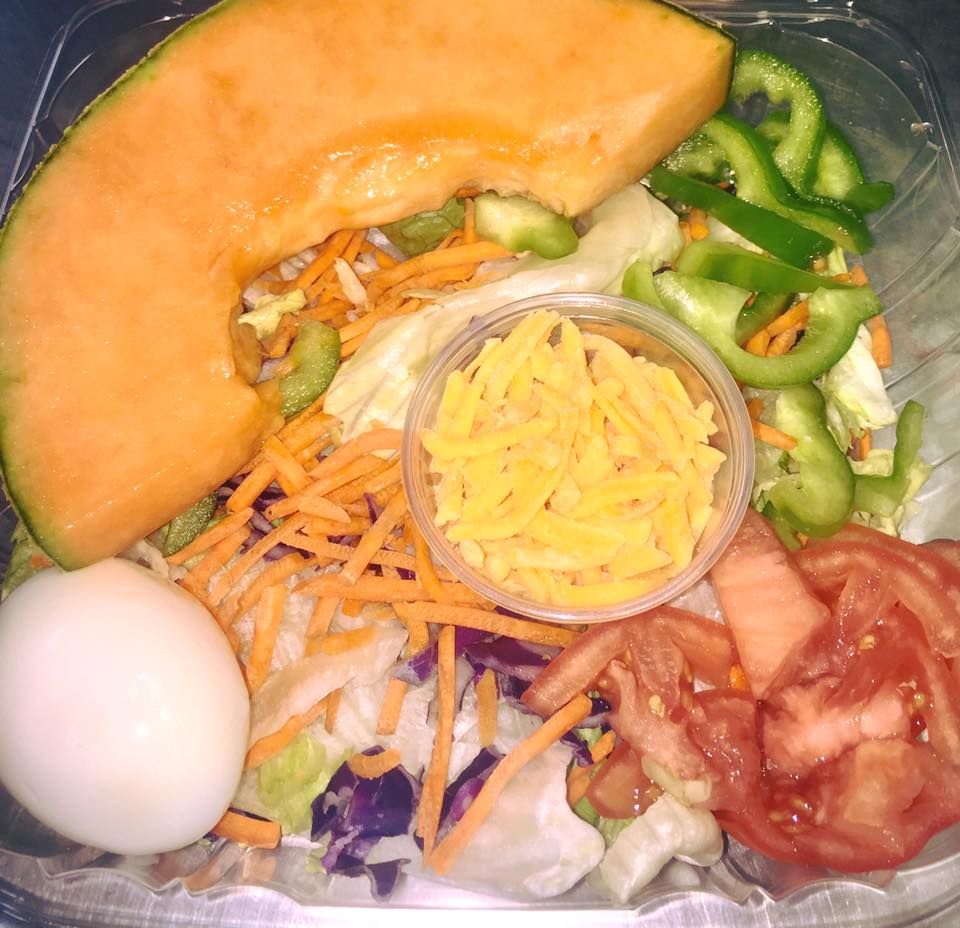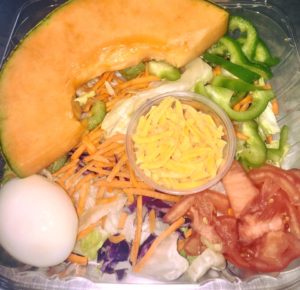By Amanda Stansbury, Child Nutrition Supervisor, Henderson County Public Schools
As someone who always been fascinated with the science of nutrition, wellness, and physical activity, I find myself working in a state government, federal funded, position that dictates what children of our county (Henderson County) eat for breakfast and lunch each day. Some turn their nose up to “School Nutrition” as being a poor choice for their child’s nutritional option, I have to admit, before starting this job, I was one of those people. After my daughter started school, I decided to take my career path away from working in a hospital doing clinical/outpatient work to child nutrition. As a Registered Dietitian, you lose some and you win some. I have found you cannot teach motivation, and I was considering my job somewhat of a waste of time. People would come see me in an outpatient setting, mainly because their doctor suggested they should come to see me for whatever chronic illness they had adopted through poor choices. Generally after our encounter, no lifestyle change would come from this, only a follow up visit that ended in an unsurprising weight increase or a blood sugar that remained the same or had risen from the lack of attention to what we discussed. To some degree this made me feel like a failure in my job, but ultimately you cannot change people who do not want to change. This results back to another reason why I made the career shift.
So let’s skip back to my daughter starting school, you have 2 options as a parent, you pack the lunch of the child (usually the same PB&J with carrots, an apple, chips, or Lunchable©), or you send them to school with a hot meal provided at school.
Now, let’s be clear, there is nothing wrong with packing, but as someone who does not have their ‘stuff’ together enough each day to know whether the bread is still good, or if there is enough jelly I can siphon from the jar to finish the sandwich, there is another option. I took this job as the nutritional specialist of our county. I get questions daily regarding food preferences , food allergies, red tape from the USDA, and federal guidelines, which one would not find rewarding. However, knowing that I am feeding children with the burden of not having a hot meal option at home is overwhelmingly rewarding. I feel comfortable knowing that my now two children, who are enrolled in public school, eat ‘school lunch’ every day because it is what I choose to feed them, literally.
This was my chance to let someone else choose what to feed my children, or I decide. I chose the latter, which comes with unexpected opportunity and has been something no amount of money could give me. I get the chance to see my children each day, some would call this a ‘helicopter mom’, but I see it as a way of being a part of their everyday life. I know their friends by name, I know their teachers, and I can discuss with them each day about behaviors, testing, etc. I am in the know. This may bite my children in the butt later, but I know what is going on each day, and for now they also seem to appreciate it.
As far as nutrition in schools, who knows where this federal administration will take the new school nutritional guidelines. However, as a partner who wishes to promote health, I have an obligation to withstand nutritional principals. We will maintain and uphold the same elements of healthy meals as it is best for our future.
I spend my time now building menus which I feel represent the standards of appeal for parents, children, and other nutritional professionals. “See, school nutrition does not have to be baleful”, as I explain to a parent whose child just had kale chips for the first time. I understand that changing the mindset of parents of children whom are their pride and joy is difficult, but I am willing to take on the task. As I started this journey with child nutrition, I made it my goal to provide choices to the children of Henderson County, and with that comes some doctrine at home. I can provide choices, encourage healthy choices, but there has to be a mirror at home to follow. For example, if mom or dad make bad choices daily, then in return send their child to school and expect their child to choose the ‘healthiest’ option, it is only setting that child up for failure. There are certain options which we offer each day, in the elementary level – peanut butter and jelly, entrée salad, and grilled cheese. We then pad those options with a classic and a more nutritionally dense option. One example is taco salad with chicken, lettuce, tomato, pico cup, black beans, and corn, or a quesadilla. Of course we would all agree that a salad with a bed of fresh romaine, tomato, lean chicken, and a pico cup would be the healthiest option, but there has to be some influence from what they see at home. I would agree that peer pressure at the elementary level does have a lot to do with this choice; however, children are going to mimic what they see on a daily basis.
Moving forward, having the healthy options available is so important for our youth, but the endorsement of the choices on their tray is even more vital. We will continue to provide fresh, healthy, locally farmed foods by creating items from scratch to our menus, but this comes with the hopes that our students will make the best choices. This does not end in elementary school; this continues to grow into secondary school, then into college. By now we have all heard of the ‘freshman 15’. Ever wonder why that is the case? Maybe it is from the amount of choices, the increased amount of bad choices or maybe it is because these now freshmen have never really learned how to eat properly given the amount of variety. Choices are a part of everyday life, we get some right, some wrong, but the problem is when you don’t recognize when other options exist. With this said, we give a lot of autonomy to our kindergarteners with their meal choices, which seems a bit ludicrous, but this shows even a five-year old can make good choices.
We get asked why we provide so many options, but there are several reasons. As much as I would like for every student to pick the healthiest option, that is just not going to happen, for whatever the motive (culture, sensory, allergy, etc.). Because child nutrition is still very dependent on participation, there is a fine line of providing options to our students which they are going to eat, or they bring their meals to school. It is very delicate. Child nutrition is allocated a certain amount of money per meal. It is how we use those dollars, advertise it to the students, and present it which we have found the most success.


Henderson County School Nutrition Program is an example of what CAN be done with school meals to provide student with a nutritious, appealing great tasting food options everyday. Setting an example of what we all should be eating while solving the daily breakfast and lunch challenges parents face.
http://www.hendersoncountypublicschoolsnc.org/child-nutrition/about/